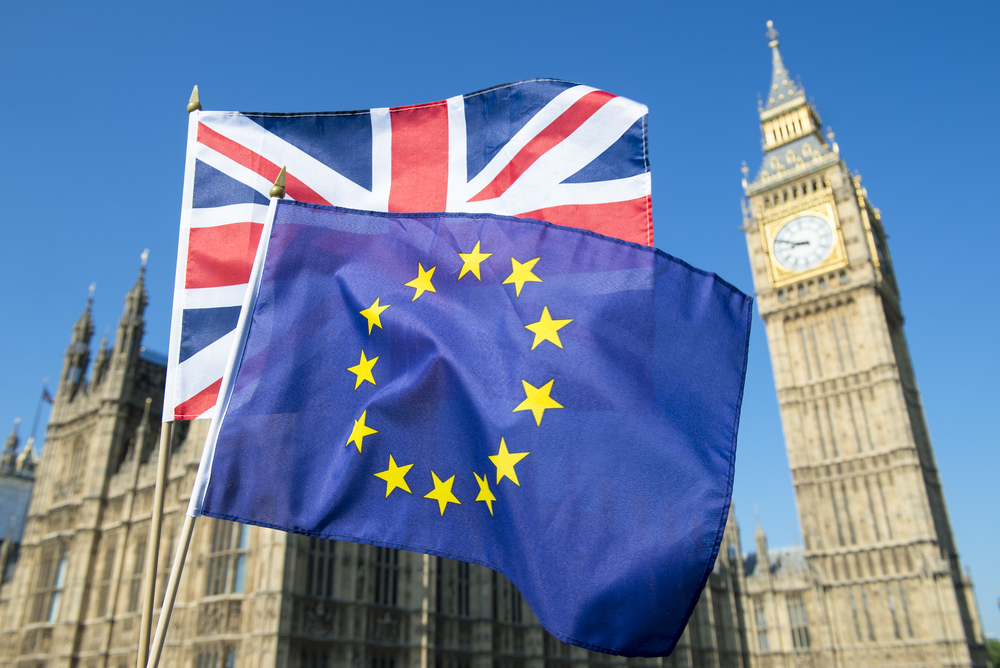There has been a lot of press in the last few months regarding the crackdown on ‘paid for’ and ‘sponsored’ social media posts. The Competitions & Markets Authority (CMA) is investigating a number of celebrity and influencer posts under the powers it is given pursuant to consumer protection legislation (an update on the investigation had been expected before the end of the year), and a number of high profile celebrities have been caught out with Advertising Standards Authority (ASA) adjudications after posting content without disclosing it was paid for.
In a further effort to provide clarity in this area, the ASA has published guidance aptly named “An Influencer’s Guide to making clear that ads are ads”. Whilst directed at influencers, the guidance is useful for brand owners and marketing agencies alike.
The guidance explains key concepts such as “affiliate marketing”, “payment” and “control”. These definitions are interlinked, as the concepts cannot be applied in isolation. For example the definition of ‘payment’ explains that there does not need to be actual money passing hands, it can include gifts, freebies, and hotel stays. However, if the brand has no control over what is posted by the influencer it is unlikely to be considered an advert.
So, what is ‘control’? Control could be something as simple as asking for a key message to be used, or the inclusion of a particular hashtag. It could be the requirement for the inclusion of a particular image or action in a video, or to make a certain number of posts. The definition is purposively broad to capture any situation where a brand owner has any influence over what is published.
The guidance contains a very useful flowchart which helps explain the difference between advertisements and sponsored content. Whilst sponsored content will fall outside the ASA’s remit (and outside of its guidance), it is still subject to consumer protection legislation and the CMA may investigate any sponsored content which it considers is misleading or unfair to consumers.
It is obvious that in some situations there will be a very fine line between sponsored content and advertorial content. However, looking at more traditional methods of influencer arrangements, where the influencer is provided with product and requested to post about it, the vast majority is likely to be considered an advert pursuant to the guidance. Only in the minority of cases where an influencer has independently purchased a product they are raving about will such content truly fall outside of these rules.
Brand owners may want to make compliance with the ASA guidance mandatory in their arrangements with influencers. The guidance is not intended to prevent influencers from posting content, but to ensure transparency as to whether it is an advert or paid for content. This means that the same restrictions can still be placed on approval rights over content, providing this is acknowledged by the influencer in their post. The cost of getting it wrong could lead to a formal investigation by the ASA and the negative publicity a critical ASA ruling can bring.




